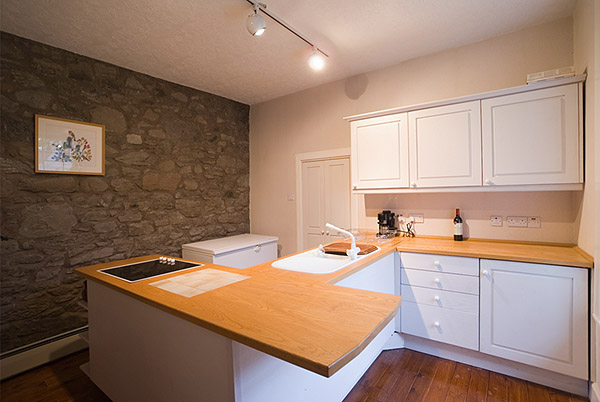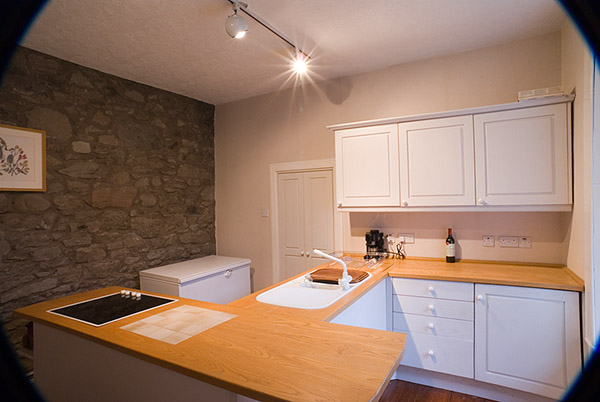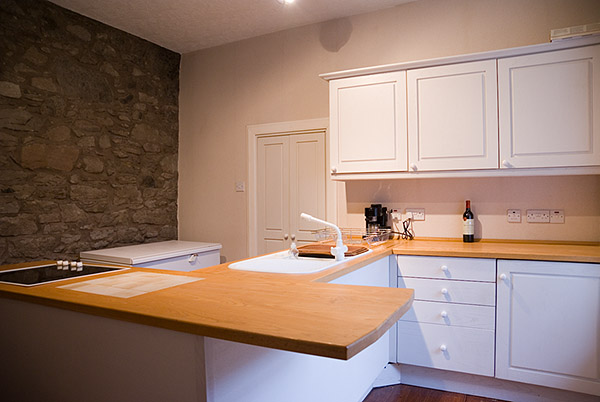No chance of widening my horizons…
SOME time ago I got hold a Soligor Pro 0.75X converter – a front-of-lens job. This is not something anyone should consider using on a DSLR. The Soligor was a bit different because it cost nearly as much as the ACW-100 wide angle converter for the Konica Minolta A1/A2/A200, which does an excellent job, and fitted a 62mm filter thread. That’s about the largest rear thread on any converter I have seen. The front is a massive 105mm, and threaded for filters as well.
The Pro 0.75X does a very good job of turning a 24mm or 28mm lens into an 18mm or 21mm, on full frame as well as digital, and can just get away with it without vignetting. That depends on the lens design. It almost works well on the 18-70mm Sony kit lens, producing a 13.5mm wide angle at the 18mm setting with just a hint of corner cutoff. About the same as fitting a regular filter to the Carl Zeiss 16-80mm.
So just for the hell of it, knowing in advance it was not going to work, I wanted to see what it would do on the CZ lens. A 12mm when set to 16mm might still be useful for a squarer than full frame crop – why not?

You can see front the waist of the converter that if a thick filter will cut off the corners with our CZ lens, this converter will certain do the same. My interest lay mainly in seeing whether it produced a sharp result which could be cropped to a 10 x 8 or maybe slightly squarer shape. Since no large room in my house is remotely tidy enough to photograph – anywhere with space gets overrun with studio gear or boxes – a very tight situation was found to shoot, a kitchen where the camera had to be in the doorway to get any kind of complete view.

This is a view using the Konica Minolta 11-18mm f/4.5-5.6 zoom at full aperture and 11mm. No compensation has been applied for vignetting, and as you can see, this lens has pretty good geometry and illumination. It is also sharp at maximum aperture, and focuses accurately. Would the converted 16mm get anywhere close?

I had to move the camera position slightly to avoid the higher ceiling light clipping into the top instead of being included, so it’s not strictly comparable, but you can see that what matters is the strong corner cut-off. In fact, the image was sharp enough centrally to compare with the 11-18mm when both combinations were set to medium apertures, but lost this rapidly towards the edges. Stopping right down to f/22 was needed to make the converter combo crisp. The view was as much less than the 11mm result as you would expect; 11mm is wider than 12mm and it showed. The surprising thing is the rather good geometry of the combination. I never expected a straight line near the edge to look so straight.
Also, compare the projection of the image (the way in which objects are drawn to remain rectilinear as they near the edges of the frame). The 16mm plus converter avoids the exaggerated stretching of the rightmost wall cabinet, seen in the 11mm shot. Something useful is happening here but there’s no way of benefiting from it.
It could certainly be used cropped to a 10 x 8 shape or a square, but with such well defined corner cut off, it’s no use as it stands.
How about the 16mm focal length on its own?

In many ways this very low camera position – essential to stop the ceiling light from clipping into the viewfinder, though visible here due to viewfinder inaccuracy – provides a better perspective on the room and the wall cabinets are more evenly sized. But at f/3.5 and 16mm, the CZ zoom has vignetted pretty strongly, emphasised too much by some window light shadow falling in the bottom right hand corner. Room interiors are always difficult. Consider that if the picture was cropped at the top, to remove the intrusive bit of ceiling light, the large sharp shadow of the light remains cast on the back wall. It looks natural when you can see the light fitting causing it – it looks wrong when it’s there for no reason.
I may use the Soligor converter after doing this test, but for another purpose. Look what a good star of rays it forms from the light included in the shot – an effect totally missing in the KM 11-18mm shot. This must also be partly due to the CZ lens aperture diaphragm, and probably only happens at apertures like f/22. It may also work with the lens zoomed out a bit to give full coverage. The converter is not so heavy as to risk damage to the zoom barrel, but I would never zoom out without firmly supporting the extra weight at all times. Maybe the CZ will produce these stars in its own. That’s something to check out another day.
In the meantime the Soligor can go back to its proper job, as a wider alternative to the Minolta’s ACW-100 for use on my Dimage A2, where it converts the so-called 28mm end of the zoom to 21mm. Again, this is not all the story either. Did you know that when Minolta worked out the ’28mm’ equivalent for the A1/A2/A200/7 series, they based it on cropping the frame to 35mm shape? The original image is not 35mm shape, it’s squarer. The ’28mm’ is actually more like a 24mm if you print the full image on 8.5 x 11 inch paper, and the wide adaptor makes it more like an 18mm view.
– David
